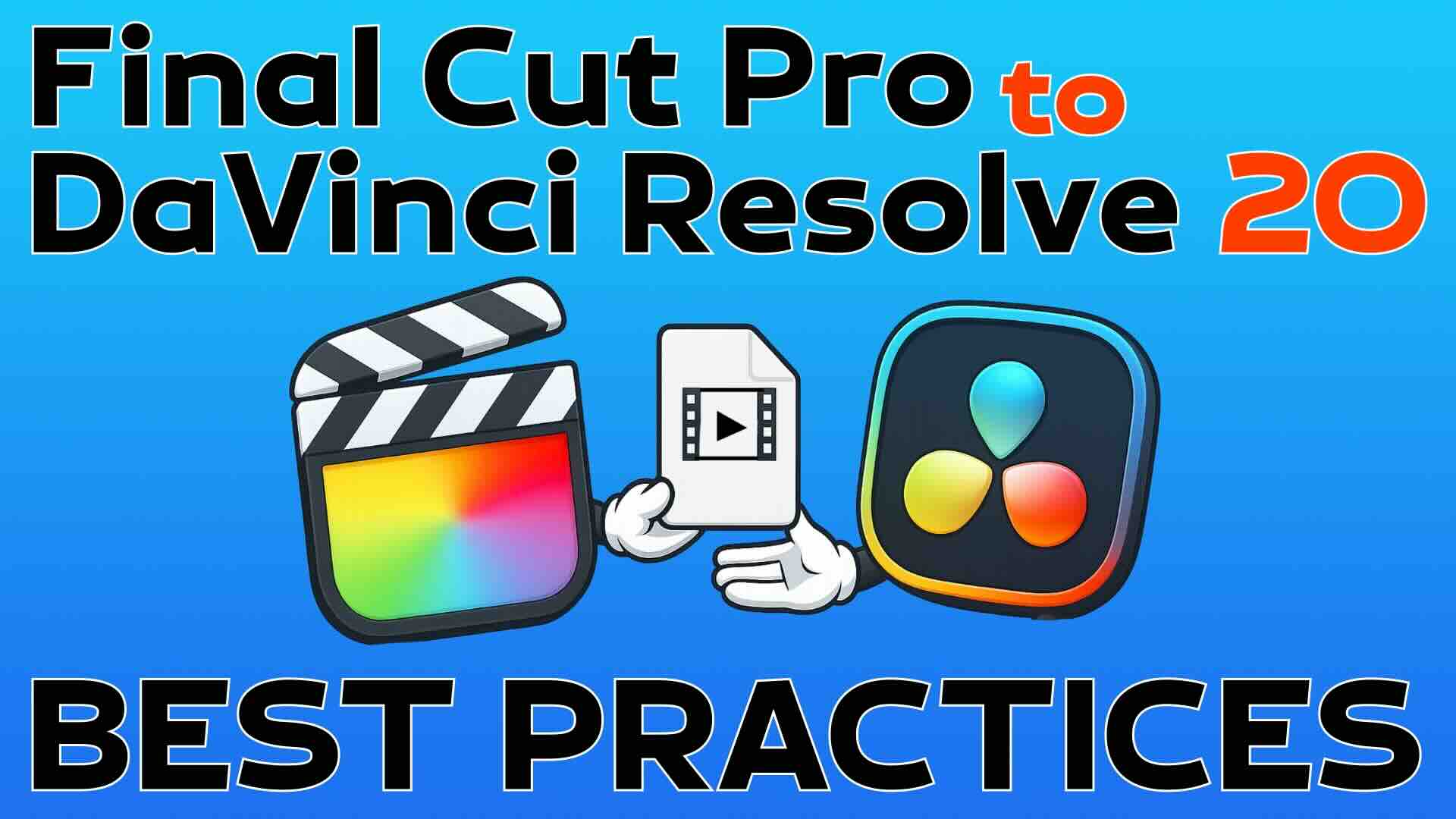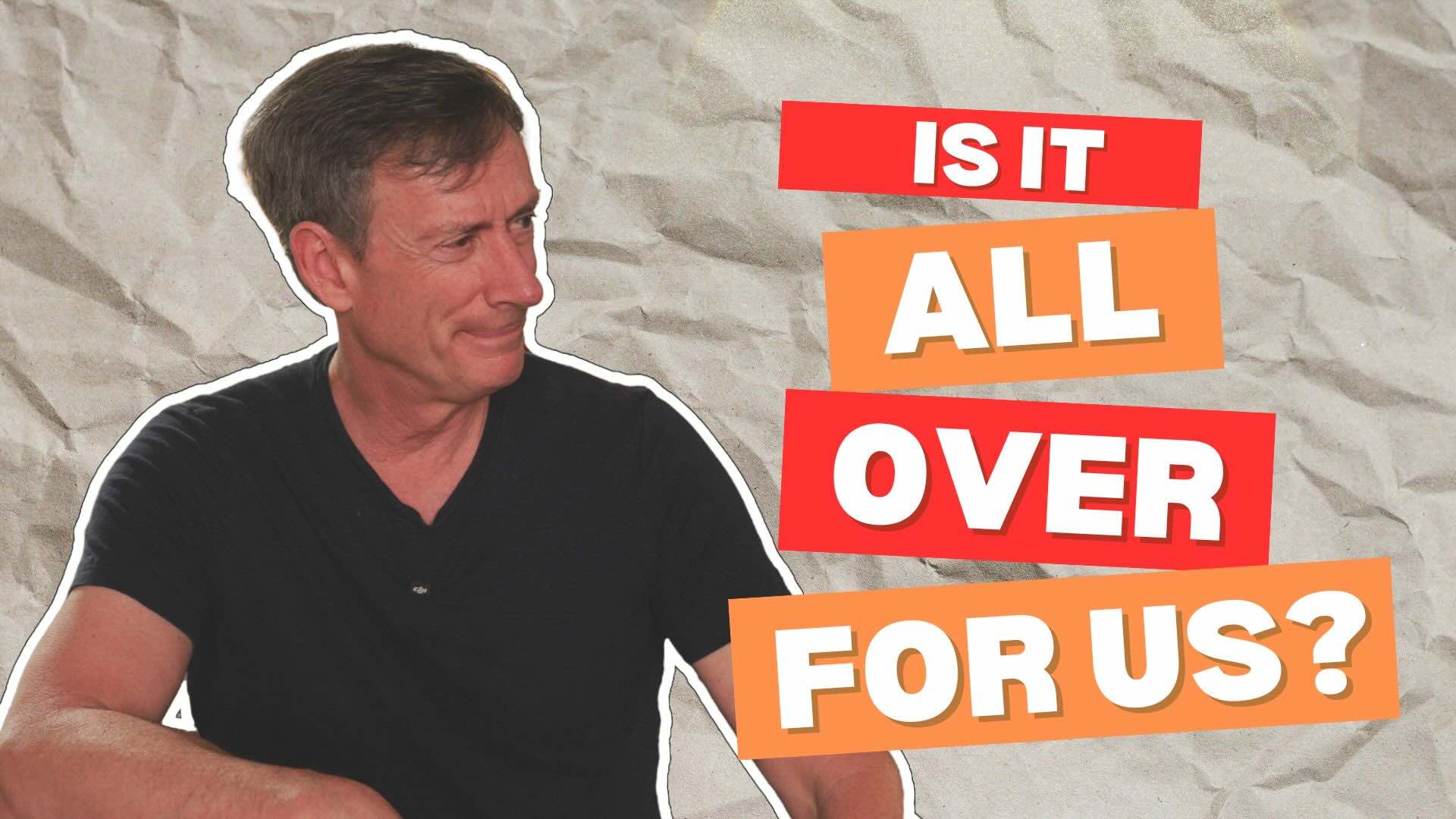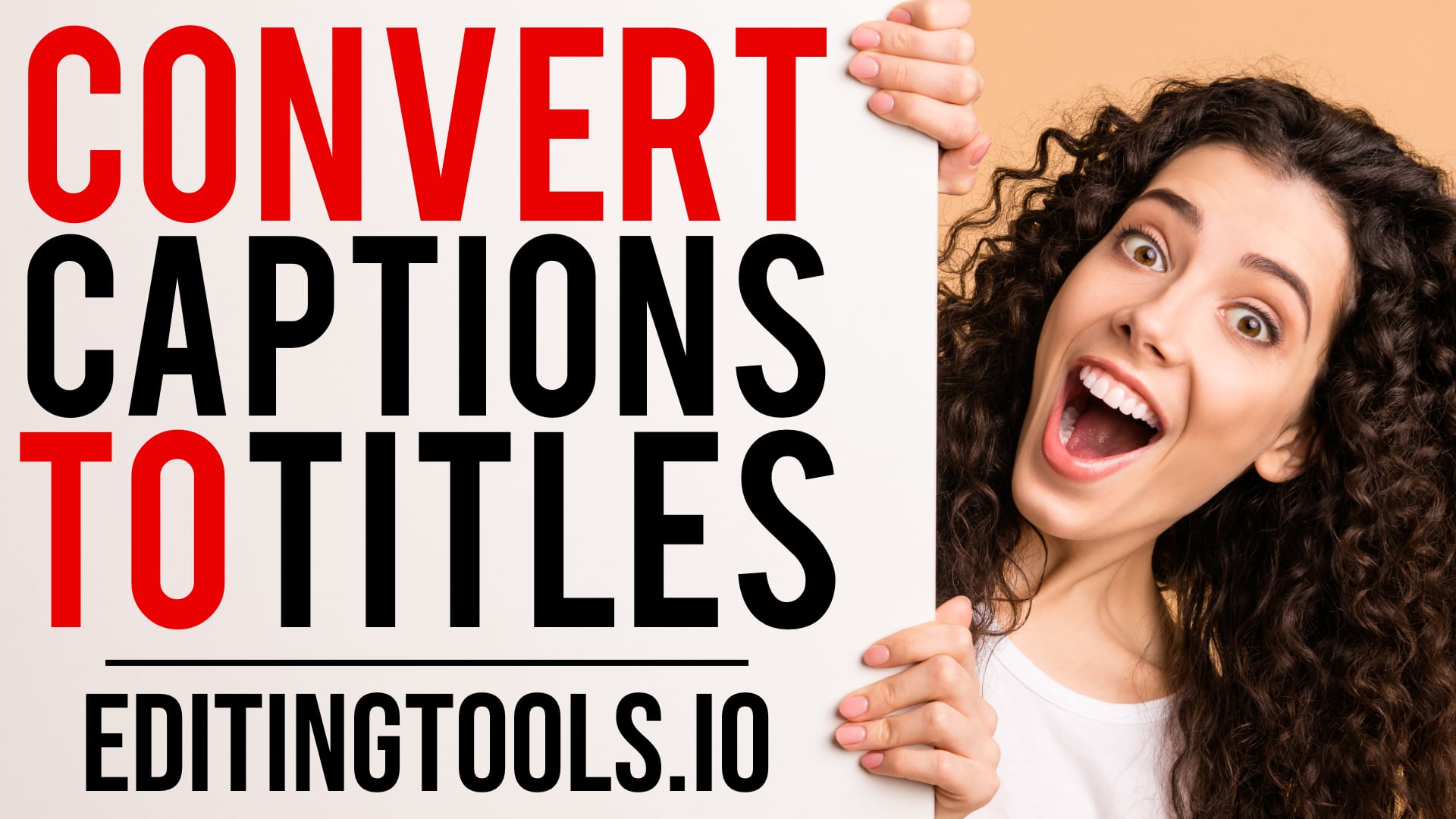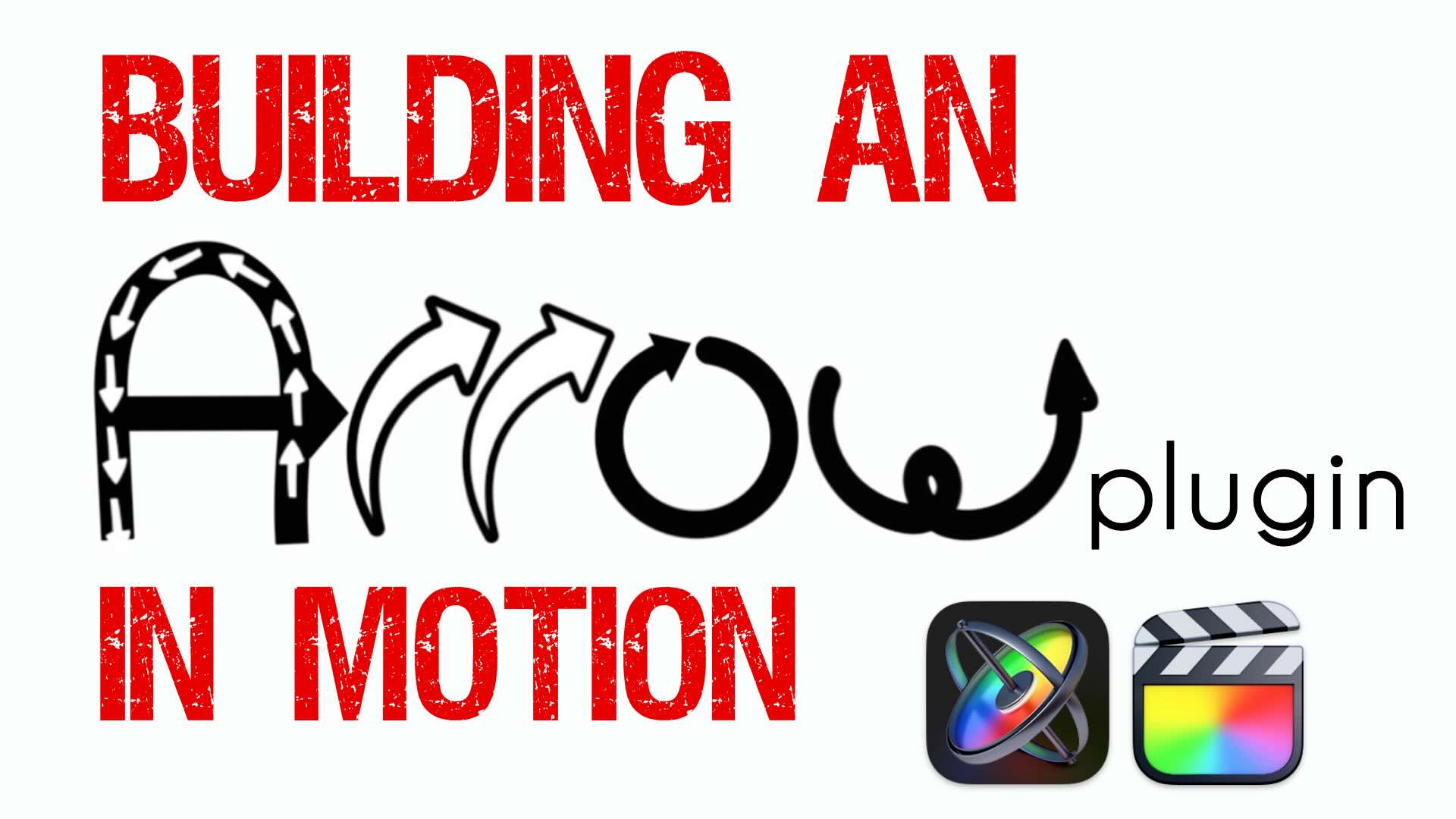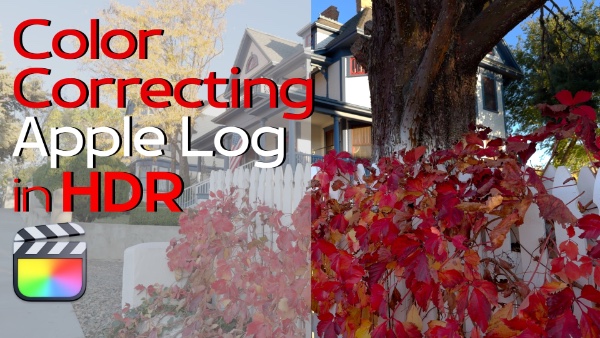Using Color Masks in Final Cut Pro X
In this episode Steve Martin will teach you how to boost the color in the Sky of your shot using Final Cut Pro X’s Color Mask and Color Board in Under 5 Minutes.
To continue studying this subject, check out Advanced Color Correction in FCP 10.4.
In this episode, I want to show you how to give your skies more punch using a Color Mask. Here’s a a shot of your typical day in Los Angeles. I want to use a color mask to isolate just the sky so it can be altered using the Color Board.
A Color mask is similar to chroma keying where the background of shot is keyed out and replaced with a different background. But in this case, instead of removing the sky, I’m going to make it more vibrant.
With the playhead parked over the clip, open the Inspector. To sample the sky color select the eyedropper in the Color Mask section then move it over the image in the Viewer. The question now becomes, what section of the sky should I sample? There are darker more saturated pixels at the top of the frame and lighter, less saturated pixels at then bottom of the frame.
I suggest sampling in the area where there’s the greatest amount blue pixels, in this case, toward the top of the frame between the palm trees. As you’ll see, even if your initial selection is not perfect, you can add to your sample later.
Click and hold with your mouse. The image in the Viewer changes. Only blue pixels are displayed and the rest of the image is muted in gray tones. If you drag outward, you’ll see concentric circles appear.
The size of the outer circle determines the range of variation in the selected color. Don’t make the circle too large or you’ll be including color values you don’t want to include in the mask – like the palm trees.
If you hold down your option key, then drag on the softness slider a matte view will appear in the Viewer. White pixels are the current pixels that are selected and represent the region we want to target our correction. As you can see from this matte, there are sections of the sky we still need to add to the matte.
Move the eyedropper over the lower section of the sky, then hold down the shift key. A plus will appear next to the eyedropper to indicate you will be adding to your current matte selection. Drag out a circle. Notice that more sky pixels are added to the matte.
I’ll shift-click one more time in this area at the bottom. As you can see, the entire sky is now selected. Let’s check the Matte view by option-clicking the slider. Wow, the matte’s looking awesome.
Press Command-6 to open the Color Board. At the bottom of the UI, you’ll see 2 mask buttons; Inside and Outside. With inside button selected, only the area inside the matte will be affected by our color correction – in other words only the sky I worked so hard to isolate.
With the Color Balance Board selected, I’ll drag the mid-tones slider upward into the blue field to add more blue to the sky. I’m going to really exaggerate the change by pushing the saturation as high as I can. The sky is definitely looking punchier, but I’m not sure if I’m choosing the right blue color. I’ll undo that.
Press Command-7 to open the Scopes. Often during color correction, your eyes can lie to you, and you really need to look at the Vectorscope to see where color are actually falling.
As you can see, the blue in the sky is falling between blue and cyan on in the scope – but it’s more toward cyan. This reinforces my point, that skies are not in fact, “true blue”, and pushing your color toward blue will actually make your skies appear unnatural.
The goal is therefore to punch up the saturation, while maintaining the current color vector in the scopes. Now I’ll drag upward on the mid tones slider to increase saturation but making sure the trace line in the scope stays on its current trajectory.
Let’s play back the clip to see how it looks…. Now the shot just needs some Beach Boys music and we’re done….
By the way, we just launched a completely new website that makes browsing, ordering and viewing our tutorials even easier.
A Color mask is similar to chroma keying where the background of shot is keyed out and replaced with a different background. But in this case, instead of removing the sky, I’m going to make it more vibrant.
With the playhead parked over the clip, open the Inspector. To sample the sky color select the eyedropper in the Color Mask section then move it over the image in the Viewer. The question now becomes, what section of the sky should I sample? There are darker more saturated pixels at the top of the frame and lighter, less saturated pixels at then bottom of the frame.
I suggest sampling in the area where there’s the greatest amount blue pixels, in this case, toward the top of the frame between the palm trees. As you’ll see, even if your initial selection is not perfect, you can add to your sample later.
Click and hold with your mouse. The image in the Viewer changes. Only blue pixels are displayed and the rest of the image is muted in gray tones. If you drag outward, you’ll see concentric circles appear.
The size of the outer circle determines the range of variation in the selected color. Don’t make the circle too large or you’ll be including color values you don’t want to include in the mask – like the palm trees.
If you hold down your option key, then drag on the softness slider a matte view will appear in the Viewer. White pixels are the current pixels that are selected and represent the region we want to target our correction. As you can see from this matte, there are sections of the sky we still need to add to the matte.
Move the eyedropper over the lower section of the sky, then hold down the shift key. A plus will appear next to the eyedropper to indicate you will be adding to your current matte selection. Drag out a circle. Notice that more sky pixels are added to the matte.
I’ll shift-click one more time in this area at the bottom. As you can see, the entire sky is now selected. Let’s check the Matte view by option-clicking the slider. Wow, the matte’s looking awesome.
Press Command-6 to open the Color Board. At the bottom of the UI, you’ll see 2 mask buttons; Inside and Outside. With inside button selected, only the area inside the matte will be affected by our color correction – in other words only the sky I worked so hard to isolate.
With the Color Balance Board selected, I’ll drag the mid-tones slider upward into the blue field to add more blue to the sky. I’m going to really exaggerate the change by pushing the saturation as high as I can. The sky is definitely looking punchier, but I’m not sure if I’m choosing the right blue color. I’ll undo that.
Press Command-7 to open the Scopes. Often during color correction, your eyes can lie to you, and you really need to look at the Vectorscope to see where color are actually falling.
As you can see, the blue in the sky is falling between blue and cyan on in the scope – but it’s more toward cyan. This reinforces my point, that skies are not in fact, “true blue”, and pushing your color toward blue will actually make your skies appear unnatural.
The goal is therefore to punch up the saturation, while maintaining the current color vector in the scopes. Now I’ll drag upward on the mid tones slider to increase saturation but making sure the trace line in the scope stays on its current trajectory.
Let’s play back the clip to see how it looks…. Now the shot just needs some Beach Boys music and we’re done….
By the way, we just launched a completely new website that makes browsing, ordering and viewing our tutorials even easier.

